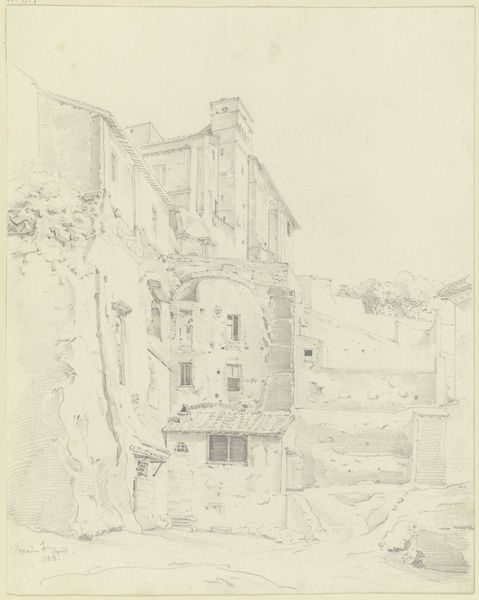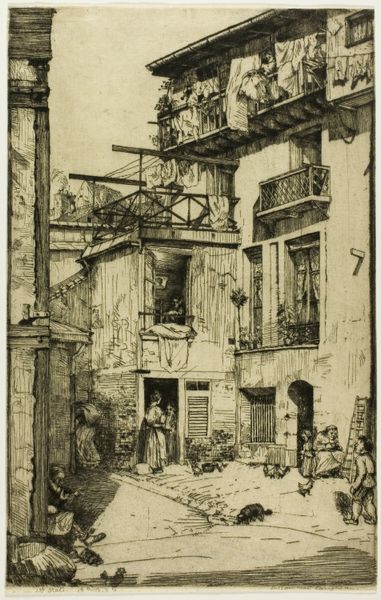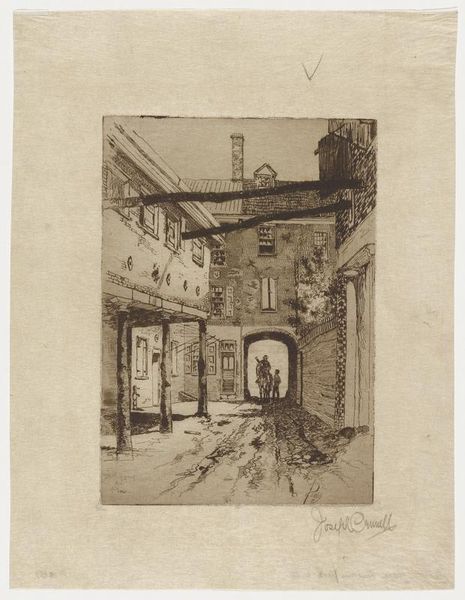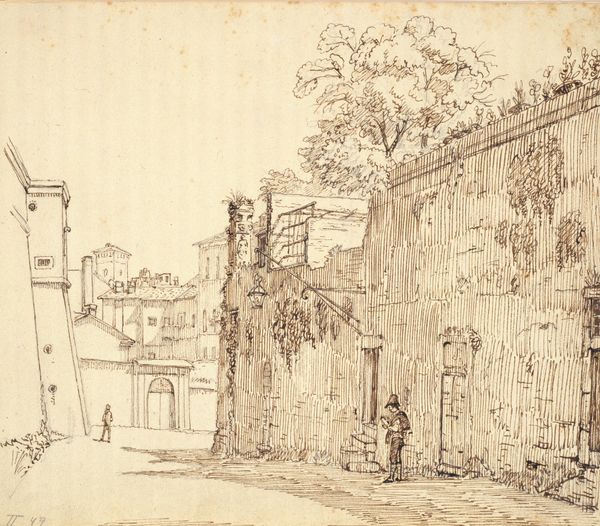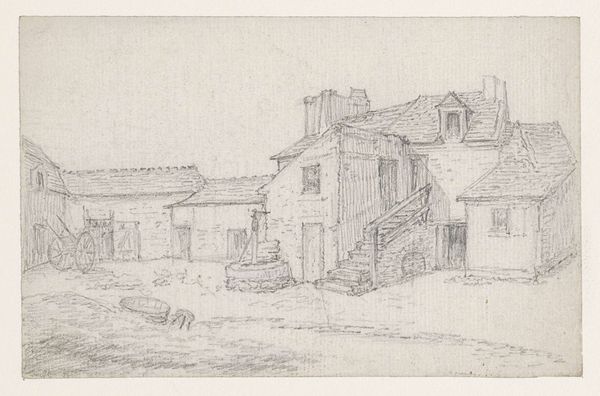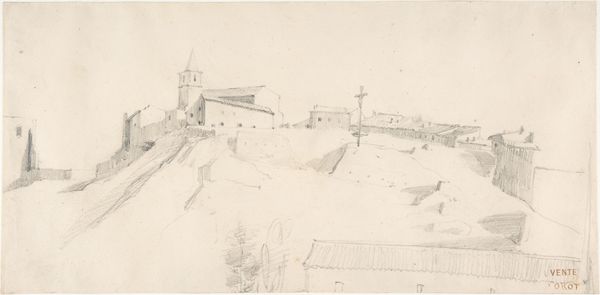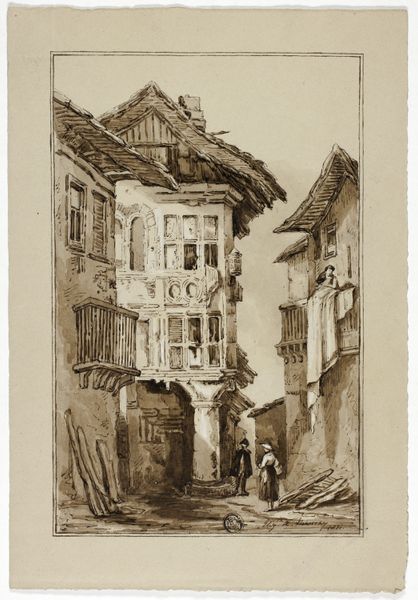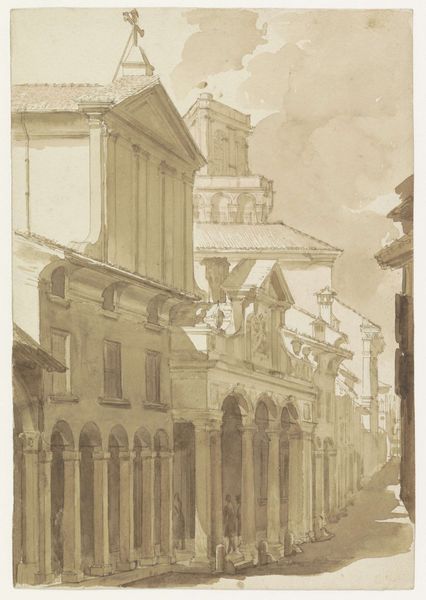
drawing, print, metal, etching, pencil, architecture
#
drawing
# print
#
metal
#
pen sketch
#
etching
#
landscape
#
river
#
etching
#
pencil
#
cityscape
#
architecture
Dimensions: Sheet: 4 3/16 x 6 1/2 in. (10.6 x 16.5 cm)
Copyright: Public Domain
Editor: So, this is Sir Francis Seymour Haden’s "Houses on the Tiber," created sometime between 1838 and 1910. It's an etching and print using metal, with some pencil or pen sketching evident, currently held at the Met. The detail is fascinating; it really captures a sense of lived-in, working cityscape. What strikes you most about it? Curator: Immediately, I think of the materiality and the labor embedded within this cityscape representation. Note the architectural details: not monumental, but utilitarian, patched, showing the history of use and modification over time. It speaks volumes about the hands that built and maintained it. How does the etching process itself—the marks made by acid biting into metal—reflect or comment on that slow, material accumulation of history? Editor: That’s interesting. I hadn’t considered the etching process itself as part of the narrative. So, you see the artwork less as a depiction of houses, and more as a record of their construction, the lives lived there, and even the artistic labor involved in its creation? Curator: Exactly! Think about the social context: Haden, a surgeon by profession, turning to etching. He's engaging with a different kind of 'craft,' one that allows for reproduction and wider distribution. How does this democratization of image-making, enabled by printmaking techniques, intersect with or challenge traditional ideas of high art and artistic skill? This isn’t some romanticized vision; it is documenting what exists. What is that reality like? Editor: That’s such a clever reframing. It changes how I see the work – it becomes less about aesthetic beauty, and more about documenting social realities through artistic processes. I never would have thought of considering labor in relation to landscape, which sounds strange to say out loud! Curator: Precisely! Seeing the material conditions, production, and social contexts changes our entire perspective of art. It is exciting that labor has become visible. Editor: I am sure going to be looking for this going forward. Thanks so much.
Comments
No comments
Be the first to comment and join the conversation on the ultimate creative platform.
